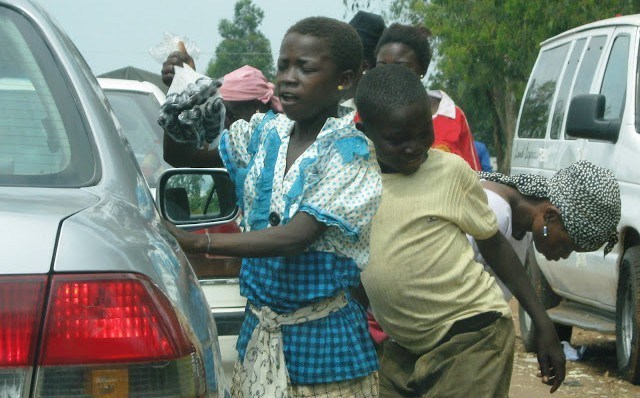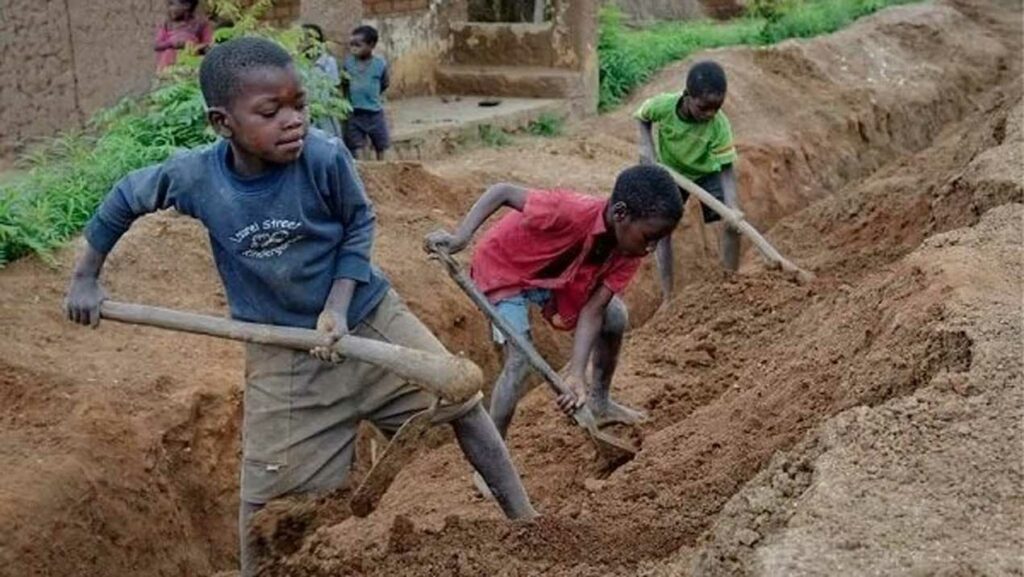
Child Labour in Nigeria
Despite the fact that many African countries have taken strong action to combat child labour, child labour is on the increase in Africa. The 2016 Global Estimates of Child Labour indicate that one-fifth of all African children are involved in child labour, a proportion more than twice as high as in any other region. Nine per cent of African children are in hazardous work, again highest of all the world’s regions.
Africa has the largest number of child labourers; 72.1 million African children are estimated to be in child labour and 31.5 million in hazardous work. Progress against child labour appears to have slowed down in Africa. Child labour went up in Sub-Saharan Africa over the 2012 to 2016 period, in contrast to continued progress elsewhere in the world, and despite the targeted policies implemented by African governments to combat child labour.
There are many reasons for the wide spreading of child Labour in Nigeria, However, poverty has always been the dominant factor that causes child labour as a result of poor governance among other factors that lead to poverty; every member of a family is forced out to finds a means for survival including children below working age. Other factors that lead to child labour includes;
Family size: Due to polygamous marriage and extended family affiliations many families are large. In such families, it becomes difficult or almost impossible for parents to cater adequately for numerous children in the areas of nutrition, health care and education. The children are forced to engage in hawking, begging, working in building construction sites, barrow or truck pushing and house helps to ends meet which often result to all forms of abuse and danger such as; sexual molestation, kidnapping, trafficking, injuries, malnutrition and body pains.
Greed and illiteracy as a factor: High level of illiteracy and greed among parents and children may lead to child labour. In Nigeria majority of illiterate families do not send their children to school, they have the idea that children should work to contribute to the family instead of wasting time and school. The girl is often deprived access to education; they are left with little or no access to schooling because it is assumed a waste of time.

All over the world, child labour has been recognized as a global health problem and the extent to which many children have been harmed, brought to chronic illnesses or even died. Every aspect of child labour is harmful to the physical and emotional health, and education of the child. Children who work and attend school miss out educationally; they miss lessons, total absenteeism in the class, low academic achievement and high rate of school dropouts, depriving them the opportunity to learn or perform excellently because after school they do not have time and energy for their take home assignments and home studies.
Ending child labour requires a joint response that addresses the collection of forces that contributes to child vulnerability and enables abuses. Predominant government policy priorities should focus on the following: Expanding access to free quality public education, pursuing community mobilization and sensitization, agriculture should be emphasized in policy, extending social protection systems, including floors, ensuring fair and effective migration governance, protecting vulnerable populations in situations of conflict and disaster, and strengthening legislation and enforcement.
References: International Labour Organization-Child Labour in Africa, https://www.ilo.org/ipec/Regionsandcountries/Africa/WCMS_618949/lang–en/index.htm. Agbo MC. The Health and Educational Consequences of Child Labour in Nigeria. Health Sci J. 2017, 11: 1
1 thought on “Child Labour in Nigeria”
Comments are closed.
What’s Happening i’m new to this, I stumbled upon this I’ve found It absolutely helpful and it has helped me out loads. I’m hoping to contribute & help other customers like its aided me. Good job.